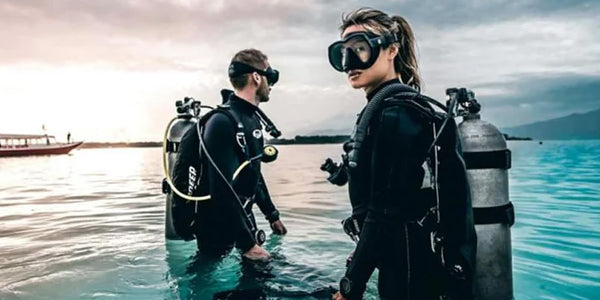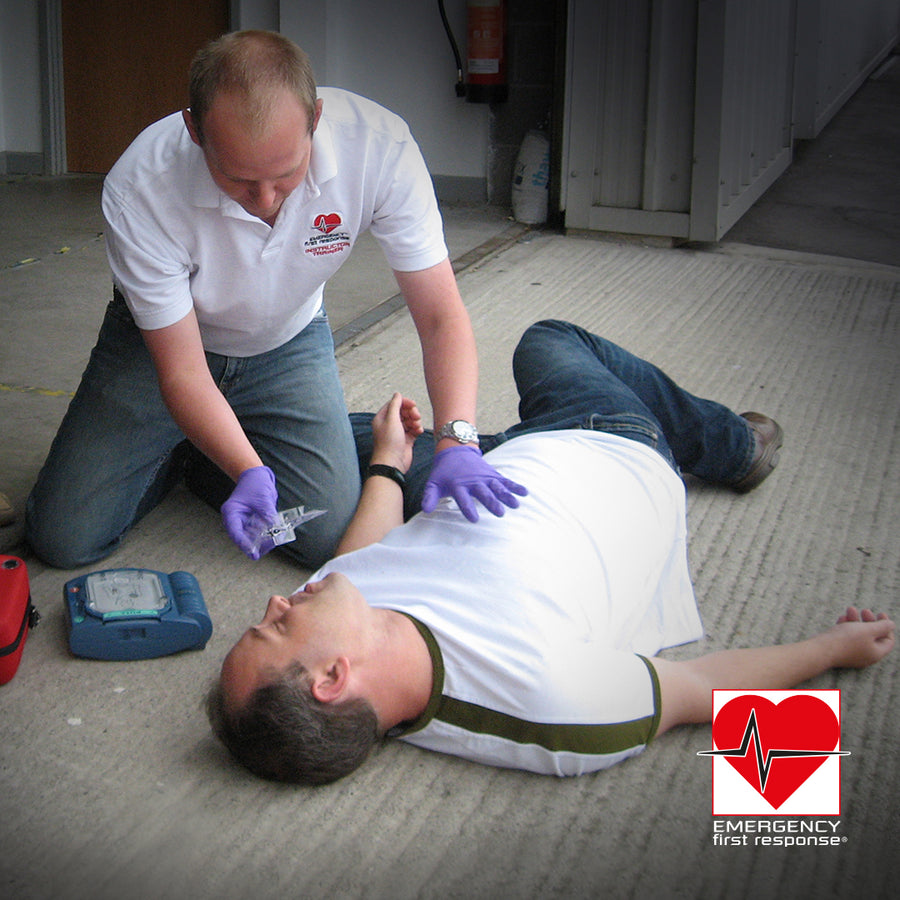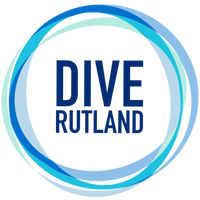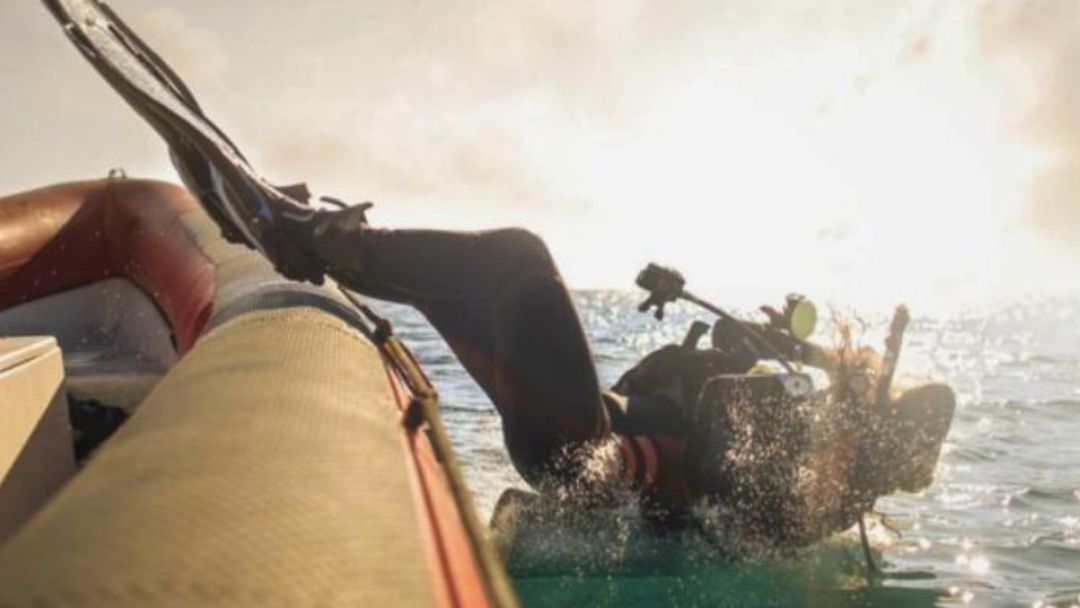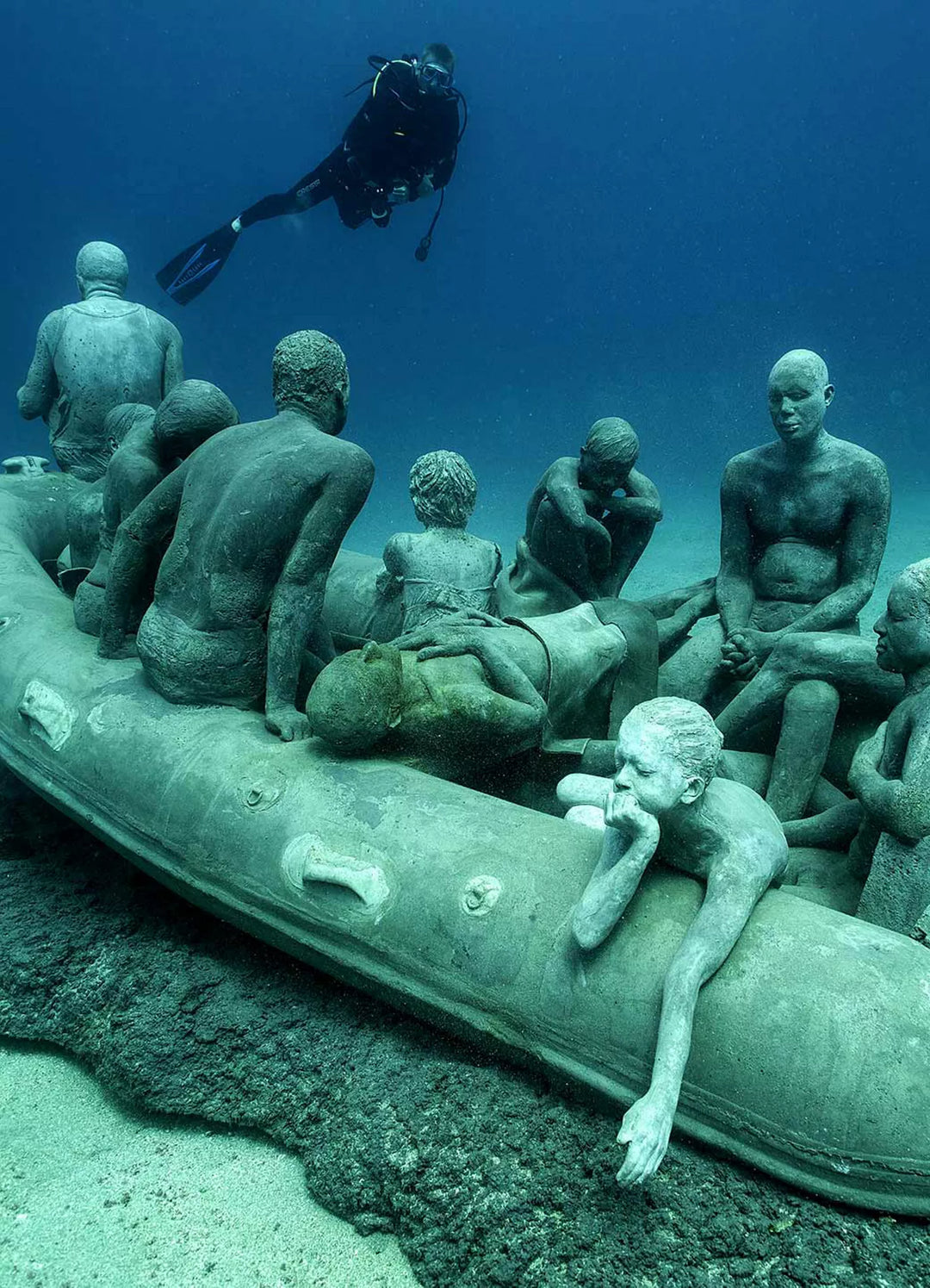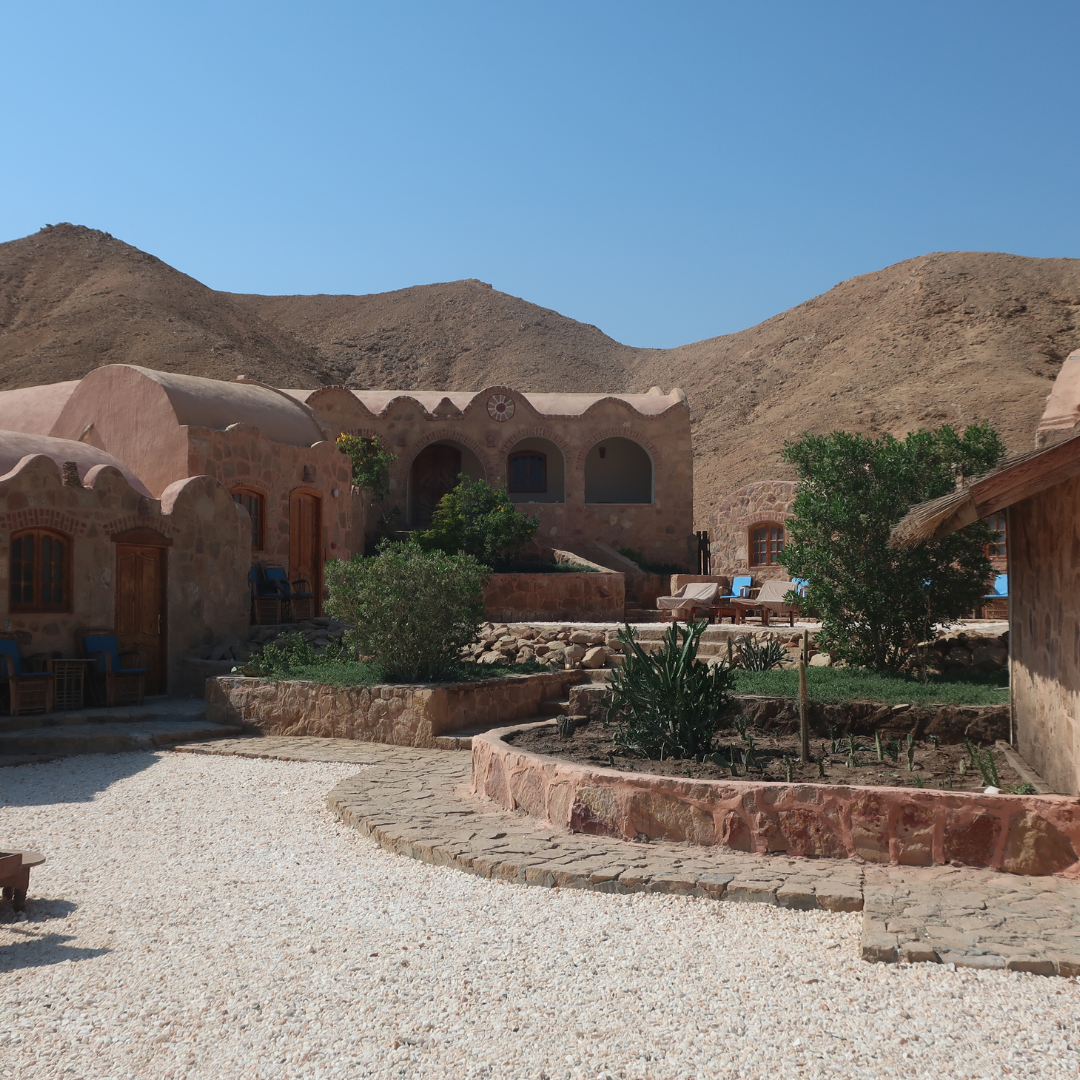Scuba Diving Regulators: Everything You Need to Know
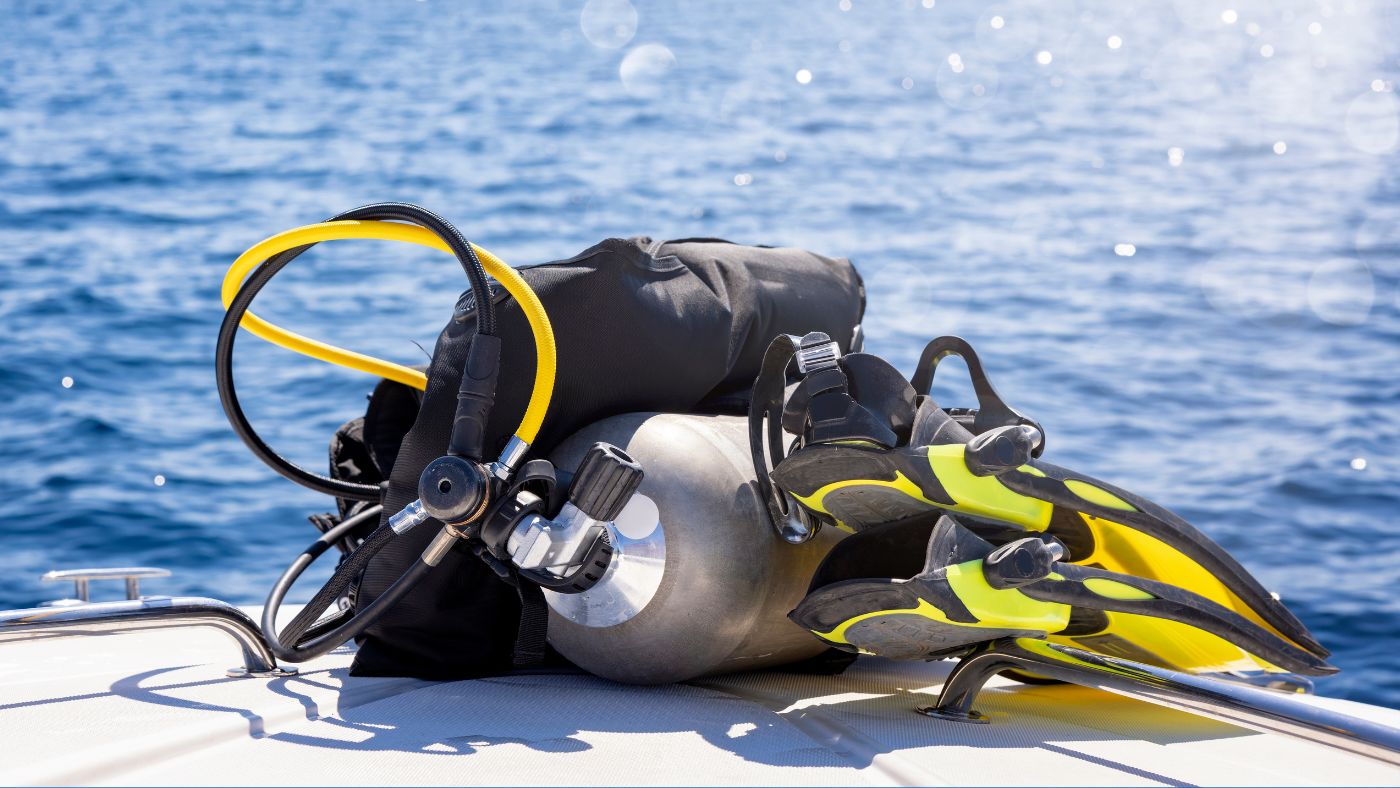
Scuba Diving Regulators: Everything You Need to Know
Scuba diving regulators are essential for providing divers with a controlled air supply, allowing safe and effortless breathing underwater. Selecting the right regulator is crucial because it directly impacts comfort, breathing effort, and safety during a dive. With various designs, features, and performance levels available, choosing the best regulator for your needs can be challenging.
This guide aims to simplify the process by breaking down everything you need to know about regulators, from understanding their key components to learning how to measure intermediate pressure and evaluating different types of regulators. Whether you are a beginner or an advanced diver, this resource will help you make an informed choice when selecting a regulator that fits your diving style and conditions.
Understanding regulators also helps in maintaining them properly, ensuring longevity and reliability. By the end of this guide, you’ll have a clear grasp of how regulators function, what features to look for, and how to choose the best one based on your diving needs. Let’s dive into the details!
We will cover the following areas in this guide:
- What is a Scuba Diving Regulator?
- Components of a Scuba Regulator
- Regulator First Stage Types
- Regulator Second Stage Features
- DIN vs. Yoke Regulators: Which One is Right for You?
- Cold Water vs. Warm Water Regulators
- Travel Considerations for Regulators
- Regulator Servicing and Maintenance
- Conclusion

What is a Scuba Diving Regulator?
A scuba diving regulator is a critical piece of diving equipment that allows divers to breathe underwater by reducing high-pressure air from the cylinder to a breathable level. It ensures that the air is delivered at ambient pressure, meaning the pressure matches that of the surrounding water, allowing for effortless breathing.
Without a regulator, a scuba cylinder would be useless because divers wouldn’t be able to inhale the highly pressurised air directly from the cylinder. The regulator's primary role is to take high-pressure air from the cylinder and progressively reduce it to a safe breathing pressure before it reaches the diver’s mouth.
Scuba regulators are typically designed as open-circuit systems, meaning that when a diver exhales, the used air is released into the water through a purge valve, rather than being recycled. This is why bubbles are produced when divers exhale underwater.
Modern regulators also feature components that improve comfort and performance, such as balanced first stages, adjustable second stages, and venturi-assisted airflow. Some are specifically designed for different diving conditions, such as cold water or deep technical diving.
Understanding how a regulator works and its different parts will help divers make better decisions when purchasing, maintaining, or troubleshooting their gear. The following sections will provide a deeper look into the key components of a regulator, including the first and second stages, as well as additional features that enhance performance.
Components of a Scuba Regulator
A scuba regulator consists of multiple components that work together to ensure divers receive air safely and efficiently underwater. The two primary components of a regulator are:
- The first stage
- The second stage
A complete regulator setup may also include the following components:
- Alternate air source (octopus)
- Low-pressure inflator hose
- Pressure gauge or dive computer
Each of these components plays a crucial role in ensuring a safe and efficient diving experience. A well-configured regulator system allows for smooth airflow, reduces the effort needed to breathe, and ensures that divers have access to their air supply without any complications. Divers should carefully choose a regulator that fits their specific needs, taking into account factors such as diving depth, water temperature, and personal preference.

First Stage Types
The first stage is one of the most important components of a scuba regulator, as it is responsible for reducing the high-pressure air from the cylinder to an intermediate pressure before it reaches the second stage. There are several types of first stages, each with different mechanisms and features that affect performance.
Mechanisms
- Piston First Stages: These use a simple piston mechanism to regulate airflow. They are known for their high airflow rates and responsiveness to pressure changes, making them ideal for deep diving and high-demand situations. Piston regulators tend to be more mechanically simple and are often favoured by technical divers.
- Diaphragm First Stages: These use a flexible diaphragm to control airflow, providing consistent performance. Many diaphragm first stages are environmentally sealed, which prevents water and contaminants from entering the internal mechanism. This makes them particularly well-suited for cold water and contaminated environments.
Configuration Options
- Balanced vs. Unbalanced First Stages: A balanced first stage ensures consistent airflow, regardless of cylinder pressure, whereas an unbalanced first stage may require more effort to breathe as the cylinder pressure drops. Balanced regulators are generally preferred for deeper and longer dives.
- Number of Ports: First stages come with high-pressure and low-pressure ports, allowing for proper hose routing. Having additional ports can be beneficial for divers using multiple accessories such as transmitters or drysuit inflators.
- Swivel Turret Options: Some regulators feature a swivel turret on the first stage, allowing for better hose positioning. This can improve comfort and reduce jaw fatigue, especially for divers who use alternate hose configurations.
- Environmental Sealing: Many diaphragm first stages feature environmental sealing, which protects the regulator from freezing in cold water and prevents salt, sediment, and other contaminants from affecting performance. This feature is crucial for cold-water divers.
Choosing the right first stage depends on the type of diving a person intends to do. A well-designed first stage ensures smooth airflow, enhances comfort, and minimizes resistance, making it a crucial component of any high-quality scuba regulator.
Second Stage Features
The second stage of a regulator plays a crucial role in delivering air to the diver. It takes the intermediate-pressure air from the first stage and reduces it to ambient pressure, making it safe to breathe. The second stage includes several design elements that can affect breathing performance, comfort, and usability.
Breathing Mechanism
- Downstream vs. Pilot Valve: The second stage can have a downstream valve, which is the most common design, where the valve opens with the flow of air. This type of valve is simple, reliable, and designed to fail in an open position, meaning that in the event of failure, air will continue to flow rather than being cut off. Some high-performance regulators use a pilot valve, which is a two-stage system that offers greater airflow with minimal effort. However, these systems can be more complex and expensive.
- Balanced vs. Unbalanced Second Stages: A balanced second stage provides a steady flow of air regardless of cylinder pressure, making breathing effortless even at depth or as air supply decreases. An unbalanced second stage, on the other hand, may require slightly more effort to breathe as cylinder pressure drops.
Adjustments & Enhancements
- Venturi Assist: Many modern second stages feature a Venturi switch or lever that controls the airflow inside the second stage. The Venturi effect helps direct air smoothly into the diver’s mouth, reducing breathing effort. This feature can also help prevent free-flow when the regulator is out of the mouth.
- Breathing Resistance Adjustment: Some second stages have a breathing resistance adjustment knob that allows divers to fine-tune airflow. This feature is beneficial in varying conditions, such as deep dives where greater airflow might be needed or shallow dives where a lighter breath is preferred.
- Mouthpiece Comfort: A soft silicone mouthpiece can enhance comfort and reduce jaw fatigue. Some regulators offer custom-fit mouthpieces or replaceable options to ensure a better fit for different divers.
Having a well-designed second stage is essential for reducing breathing effort, preventing free-flows, and ensuring overall diving comfort. When selecting a second stage, divers should consider their environment, diving depth, and personal comfort preferences.
DIN vs. Yoke Regulators: Which One is Right for You?
One of the key choices when selecting a regulator is the connection type between the first stage and the scuba cylinder valve. The two main types are DIN (Deutsches Institut für Normung) and Yoke (A-Clamp). Each has its advantages and is better suited for specific types of diving.
DIN Regulators
- DIN regulators use a screw-in connection, making them more secure.
- Designed for higher pressure tanks, typically up to 300 bar.
- Less prone to O-ring extrusion or failure due to internal placement.
- Preferred for technical and deep diving due to size and placement of the first stage, reducing the likelihood of entanglement
- Often found in European dive destinations and technical diving setups.
Yoke (A-Clamp) Regulators
- Uses a clamp-style connection, making it easy to attach.
- Works with standard 232-bar cylinder, commonly used in recreational diving.
- More prevalent in warm-water dive locations and rental equipment.
- Slightly more susceptible to O-ring extrusion, as the O-ring sits externally.
Which One Should You Choose?
If you travel frequently and rent equipment, a Yoke regulator is the best choice since most dive centres use this fitting. However, if you prefer higher performance, secure connections, and plan on technical or deep diving, a DIN regulator is the better option. Many divers choose DIN regulators with a Yoke adapter, allowing them to use their regulator with different cylinder fittings when traveling.

Cold Water vs. Warm Water Regulators
If you plan to dive in cold water environments (below 10°C / 50°F), choosing a regulator that is designed for cold-water performance is essential. Cold water regulators are specifically designed to prevent freezing and ensure consistent airflow in extreme conditions.
Cold Water Regulators:
- Feature an environmentally sealed first stage, preventing water from entering the internal mechanism and freezing.
- Use heat exchangers or specialised metal components to dissipate cold and prevent ice build-up.
- Have stronger internal components designed to function in low temperatures.
- Recommended for cold-water diving, ice diving, or deep dives where water temperature drops significantly.
Warm Water Regulators:
- Typically lighter in design and optimised for ease of breathing in moderate temperatures.
- Do not require environmental sealing, making them simpler to service.
- Ideal for tropical and recreational diving in waters above 15°C (59°F).
When selecting a regulator, divers should consider their diving locations and ensure that their gear is rated for the temperature conditions they will encounter.

Travel Considerations for Regulators
Lightweight vs. Standard Regulators
If you frequently travel with your dive gear, selecting a lightweight travel-friendly regulator can save luggage space and weight. Brands like Mares, Apeks, and Aqualung offer travel-oriented models with smaller, lightweight first stages and flexible hoses that reduce bulk without compromising performance.
Carrying Regulators in Hand Luggage for Safety
Many divers choose to carry their regulators in their hand luggage rather than checking them in with their main dive bag. This helps prevent damage from rough baggage handling and ensures that you always have your regulator in case of lost luggage. Some divers even pack their regulators in padded regulator bags for extra protection.
Checking Airline Baggage Restrictions for Dive Gear
Different airlines have varying rules regarding dive equipment. Some carriers offer additional baggage allowances for dive gear, while others may impose strict weight limits. Always check airline regulations before flying and consider using lightweight components to avoid excess baggage fees. Having a DIN-to-Yoke adapter can also be beneficial if you’re diving in locations that primarily use Yoke-style cylinder.

Regulator Servicing and Maintenance
Why Regular Servicing is Crucial
Regular maintenance of your scuba diving regulator is essential for safety, performance, and longevity. Regulators operate under extreme conditions, dealing with high-pressure air and exposure to saltwater, sand, and other environmental contaminants. Over time, O-rings, diaphragms, and valves can wear out, leading to potential malfunctions such as leaks, inconsistent airflow, or even complete failure. Proper servicing ensures that your regulator remains in peak condition and functions reliably when you need it most.
Manufacturer Service Schedules
Most manufacturers recommend a full service every 200-300 dives or every 2-3 years, whichever comes first. However, an annual inspection is often advised in between full servicing to check for early signs of wear and tear. The service schedule generally includes:
- Disassembling the first and second stages
- Cleaning all components to remove salt and debris
- Replacing worn-out O-rings, filters, and diaphragms
- Lubricating moving parts and reassembling the regulator
- Testing for leaks and verifying intermediate pressure stability
Parts-for-Life Programs & Choosing a Service-Friendly Brand
Some manufacturers, offer "Parts-for-Life" programs, where they provide free replacement parts for as long as the regulator is serviced according to the brand’s guidelines. These programs can significantly reduce maintenance costs in the long run.
When choosing a regulator, consider the availability of service centres in your region. Some brands have limited servicing locations, which can make annual maintenance difficult. Always ensure you can get your regulator serviced locally or plan ahead if you need to send it for professional maintenance.
Conclusion
Choosing the right scuba diving regulator is one of the most important decisions a diver can make. The right regulator ensures safety, comfort, and efficiency, allowing for smooth breathing underwater.
Investing in a reliable, high-quality regulator will provide peace of mind and enhance your overall diving experience. Whether you're diving in warm tropical waters or deep, cold environments, selecting the appropriate regulator is key to a comfortable and enjoyable dive.
Next Steps
- Pop in and have a chat through your preferences and to test different regulators.
- Consider taking an equipment techniques course to understand regulator care along with your other bits of dive equipment
- Ensure you schedule regular servicing to keep your regulator in top condition.
By following these guidelines, you’ll be well-equipped to select the best regulator for your diving adventures. Happy diving!
Related Posts
-
Essential Tips for Post Dive Care of Your Regulator
When regulators are mishandled, it can lead to significant damage. A service technician may face a nightmare scenario if the regulator is dragged along the ground, as it can create a mess on their service bench that might require extensive cleaning and repairs. Treating your gear with respect from the start helps avoid these costly mistakes..
-
The Importance of Regular Scuba Gear Servicing
In this article, we discuss the necessity of routine servicing for all of your diving equipment, with a focus on when and why you should have your regulator serviced. We also cover common signs that indicate your equipment needs attention and how to ensure your gear is in top condition before each dive.

